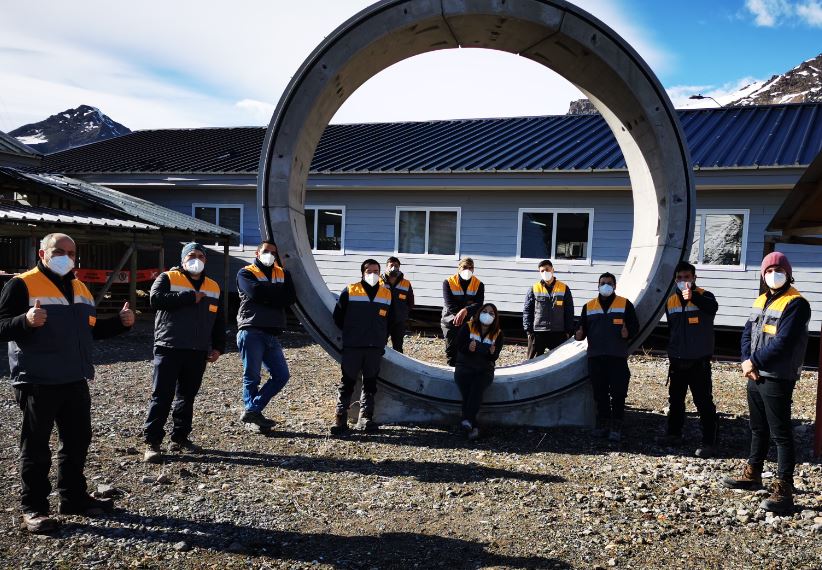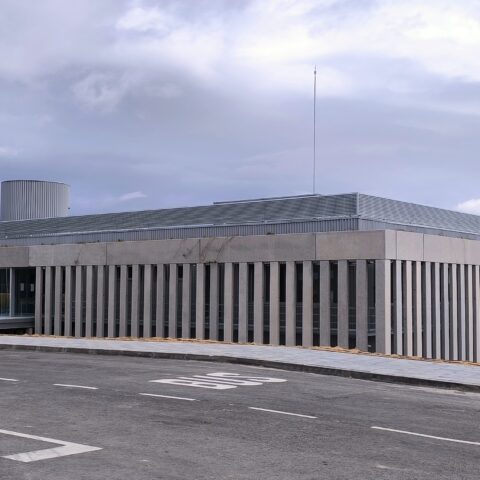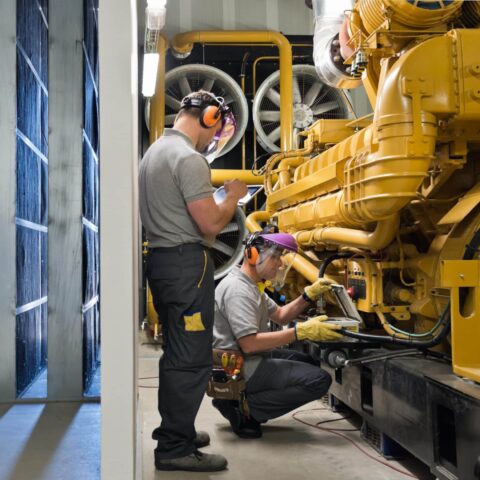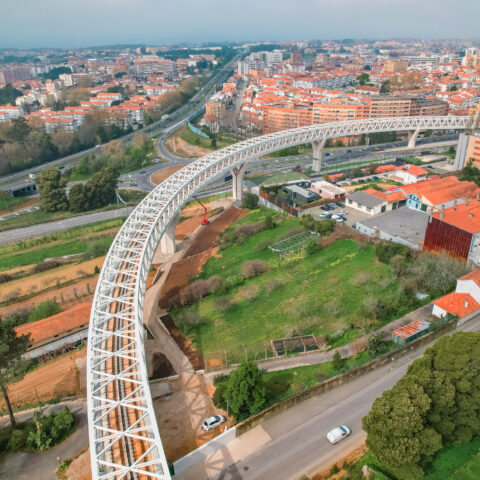Ferrovial Construction is striving to improve safety for its employees through the SAFE Program. This initiative emphasizes how each and every employee’s attitude and behavior is essential to creating safer work environments.
Ferrovial Construction is striving to improve safety for its employees through the SAFE Program. This initiative emphasizes how each and every employee’s attitude and behavior is essential to creating safer work environments.
Participation, communication, and commitment are key in this initiative, which first began in 2013 in Spain. After seven years, it has continued to develop and become richer in other countries where the company operates. Among these places is Chile, a country where SAFE has been implemented since the beginning of this year. Specifically, it has been running at the Los Cóndores Hydroelectric Power Plant, located in the Maule Region some 360 kilometers south of the country’s capital.
Implementing the SAFE Program as outlined in the 2020-2022 Safety Action Plan for this project “requires the involvement of the entire organization in safety issues, particularly from workers,” says Ramón Escánez García, the site manager for this Ferrovial Construction project. “Step one is working safely – if we aren’t sure, we don’t start working. I am the first link in the chain of our commitment to safety, as well as quality and the environment,” he goes on to say.
Communication and active listening are essential to deploying SAFE properly and creating a culture of reporting wherever it is in place. The first step is providing anonymous cards where workers can express their concerns, suggestions for improvement, and day-to-day situations they consider dangerous. These cards are submitted to designated mailboxes, allowing the Ferrovial Construction team to monitor and respond to them continually. They are used in tandem with open discussion forums and one-on-one conversations with workers.
Under our “Safe Work” motto, we have a panel where you can see what steps have been taken per the cards received, the hazardous activities being carried out, and the lessons we’ve learned from past incidents to prevent them from happening again.
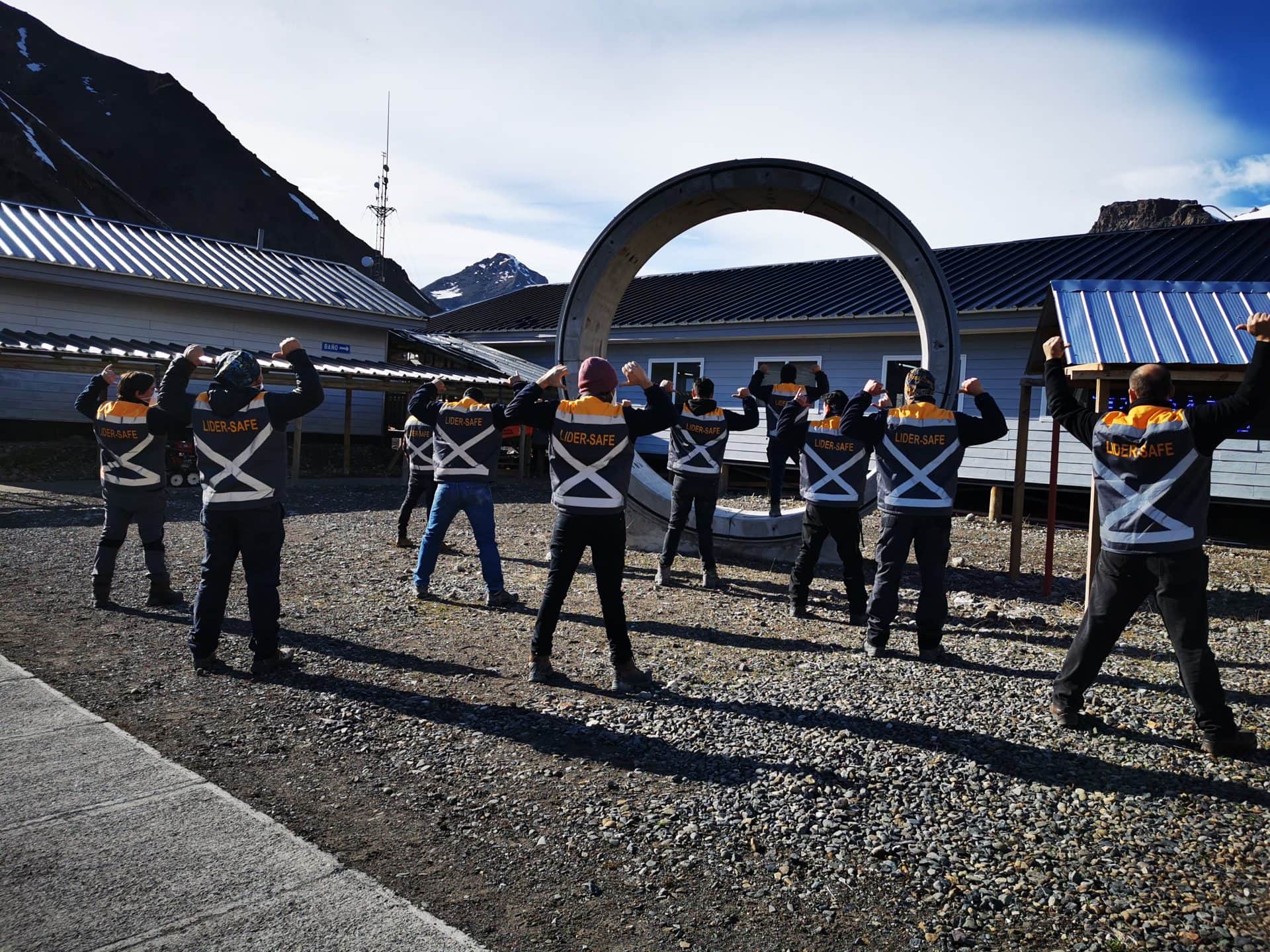
This panel is located in common areas and rest areas, so all workers have important information on safety at hand at all times. This is key in terms of open communication and transparency, the program’s hallmarks. These areas also have screens where videos about the company’s safety standards and video messages are continuously broadcast, along with health and safety results and expectations sent by company management through Ferrovial’s intranet. That way, these TV messages reach workers on site as well as subcontractors.
In Los Cóndores, this new SAFE Program was deployed alongside the Mira-Actúa Program (“see something, say something”). This gives workers a mobile communications app that makes reporting situations easier and more direct while eliminating location problems. It’s work is very easy. When employees notice a dangerous situation, the app immediately sends an alert to the area’s manager and the head of health and safety so that the situation can be assessed and addressed.
To log on, just scan the QR codes on posters located across the worksite and submit your observation. The advantage of this reporting method is that notifications are immediate, meaning that observations can be addressed as quickly as possible.
Another cornerstone of this program is how it reinforces safe behavior among workers.
Workers act safely 99.9% of the time, and this should be recognized and rewarded. This is why we’re giving direct visibility to the individuals and teams who have demonstrated outstanding behavior, helping eliminate that last 0.1%.
Getting everyone to participate in and commit to a project is the most important thing for creating an environment where everyone feels like their safety is the top priority and that their voice counts in solving problems. When this happens, we get to the level where each and every one of us is a leader when it comes to safety.
